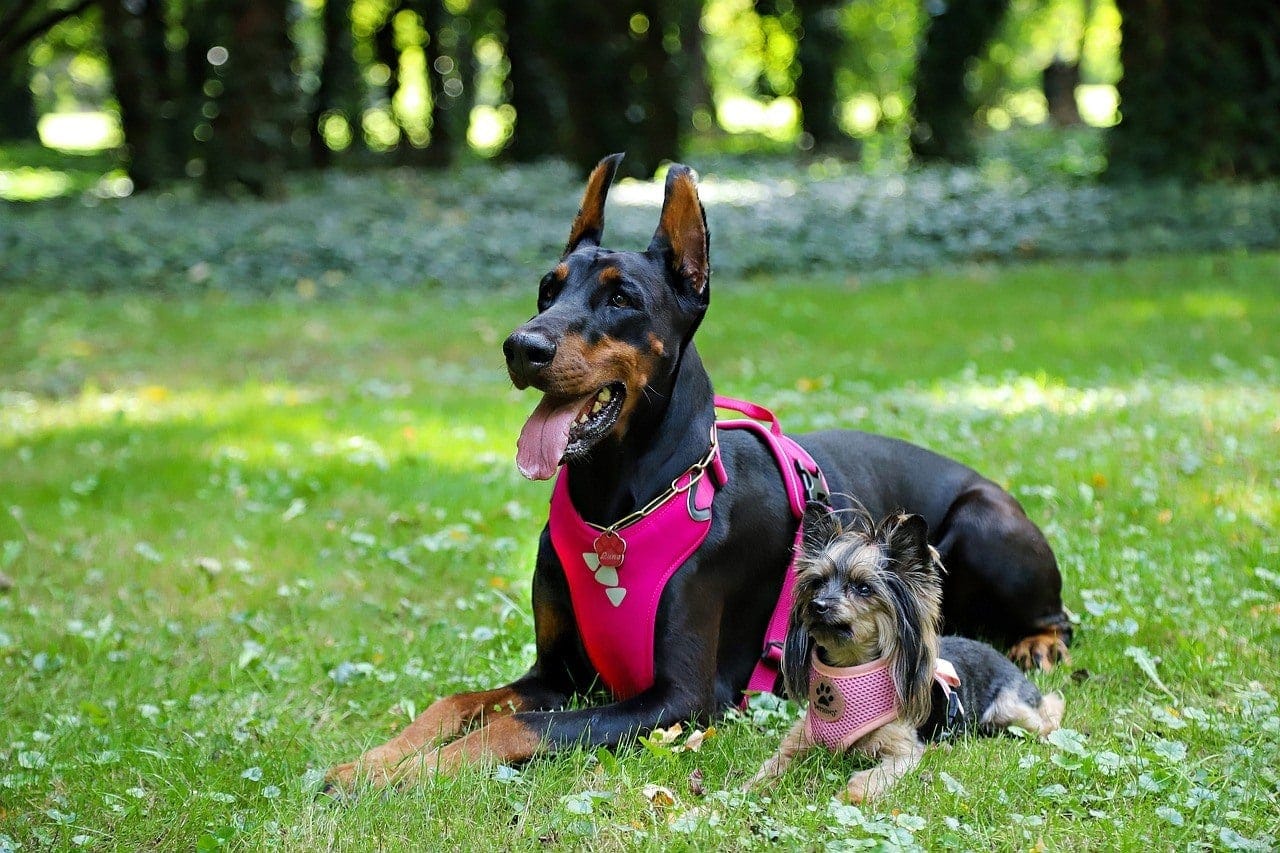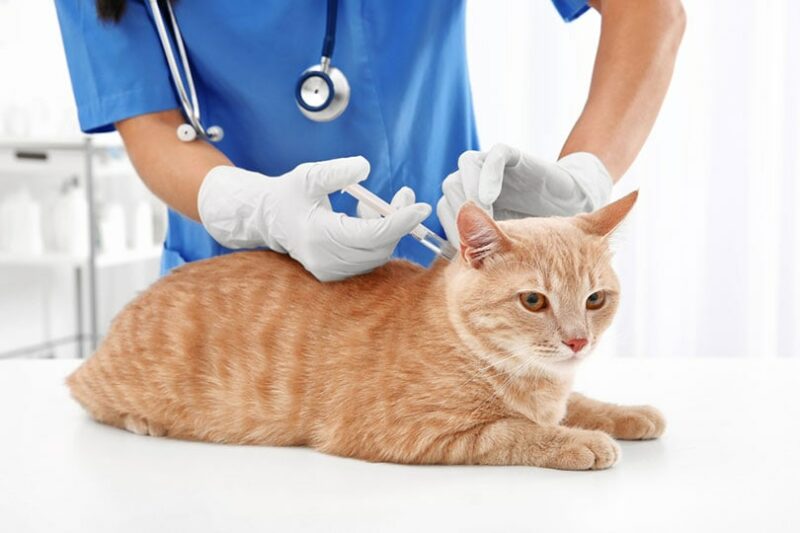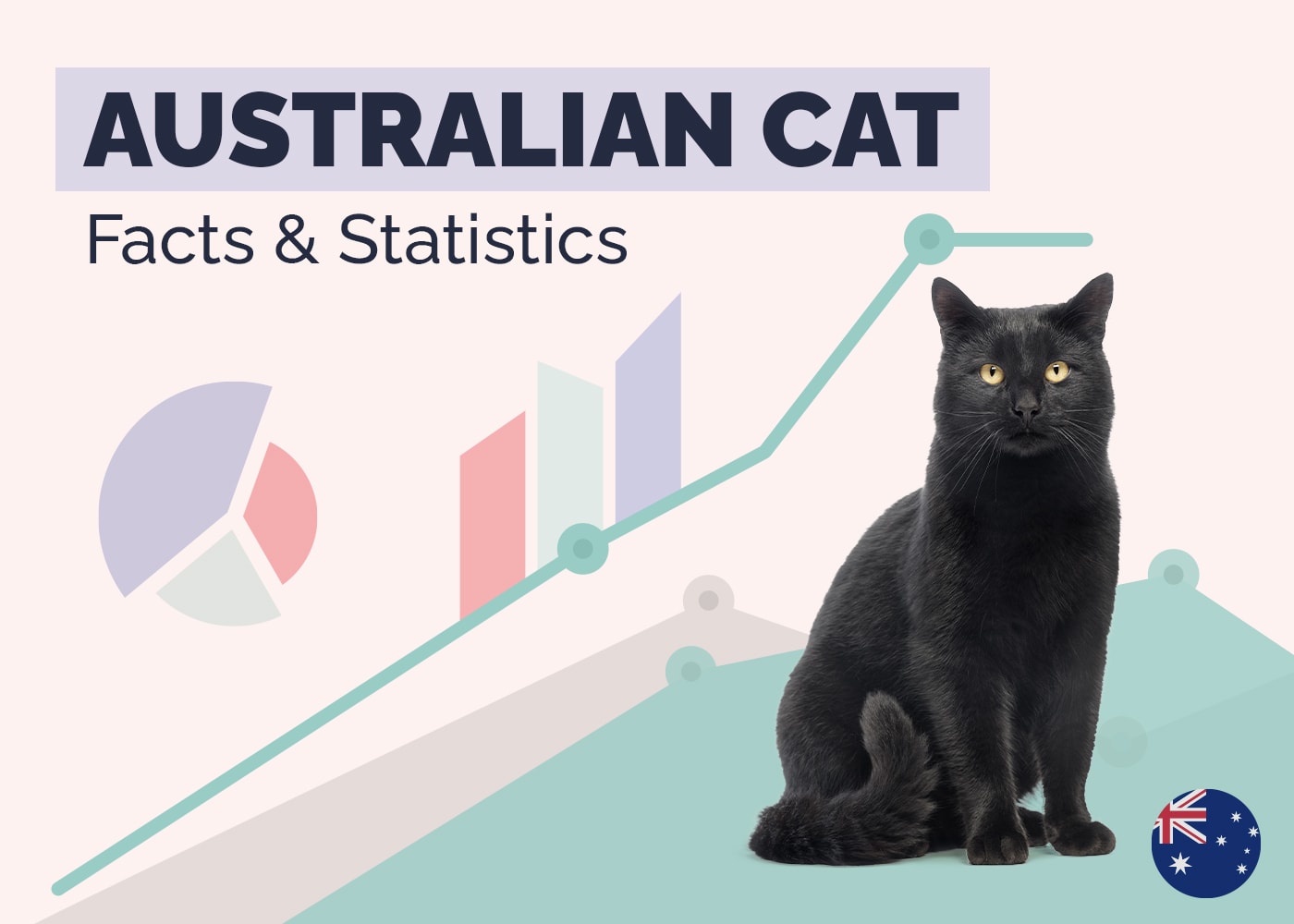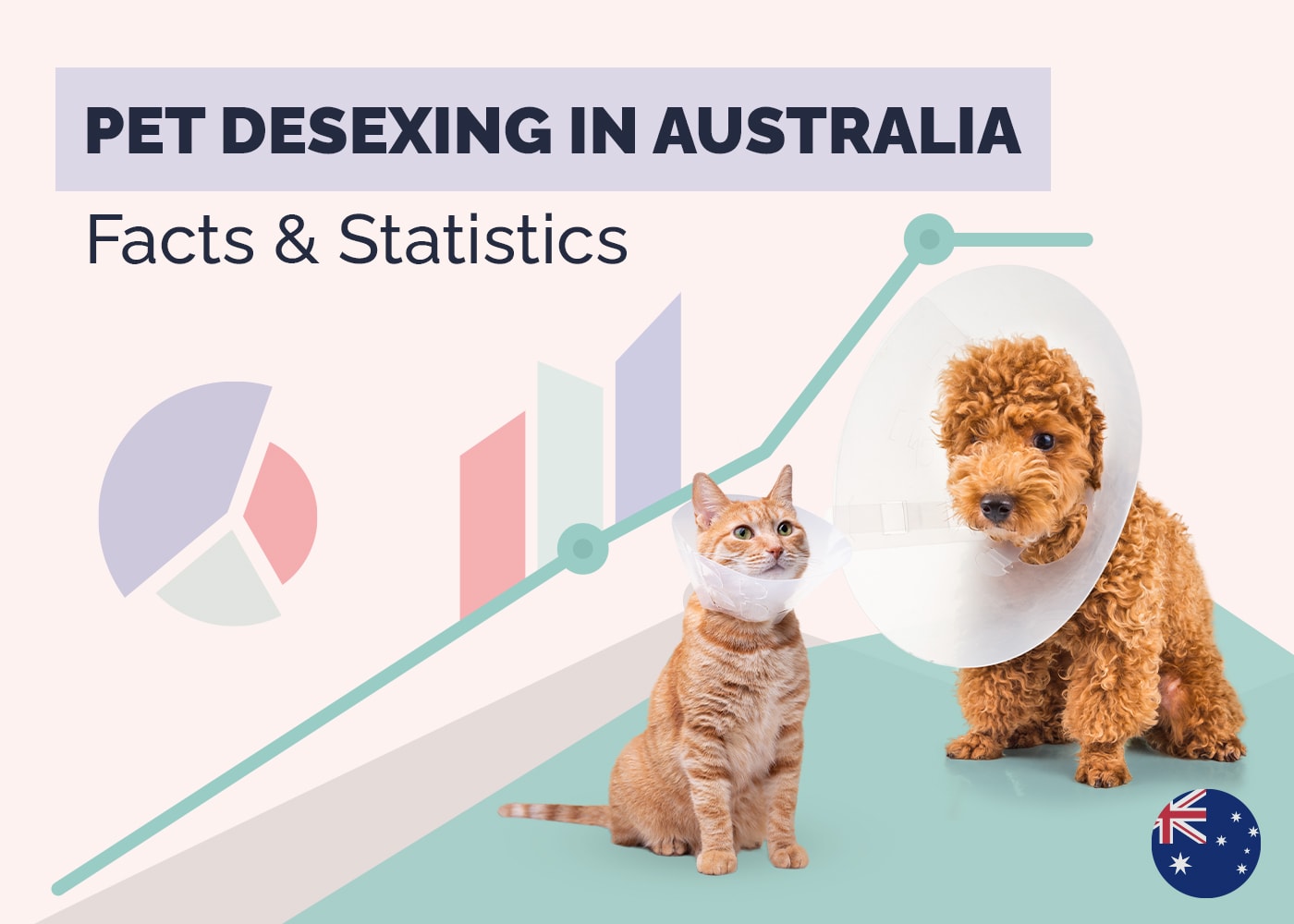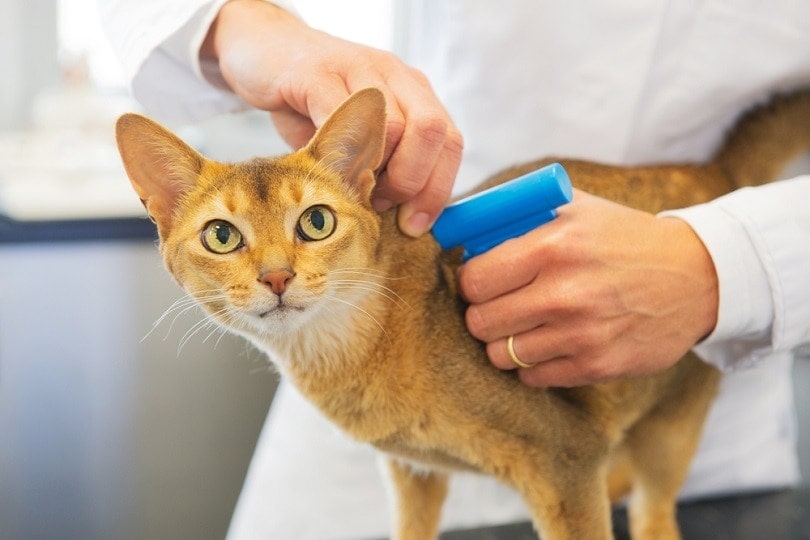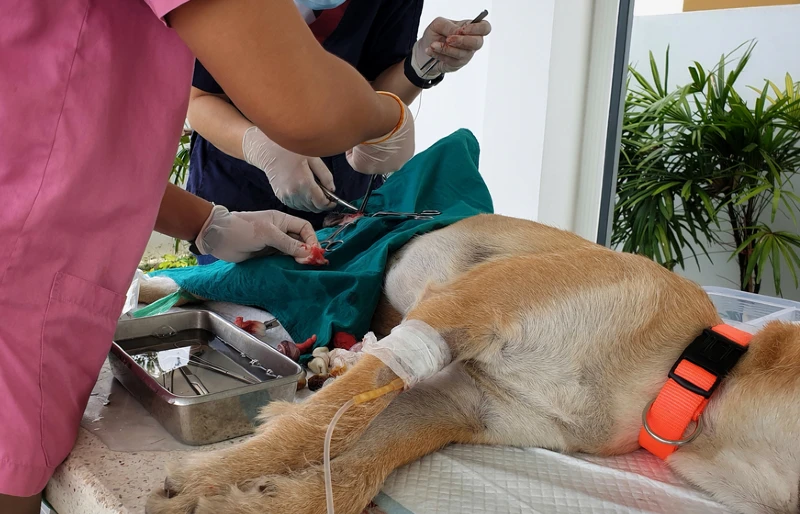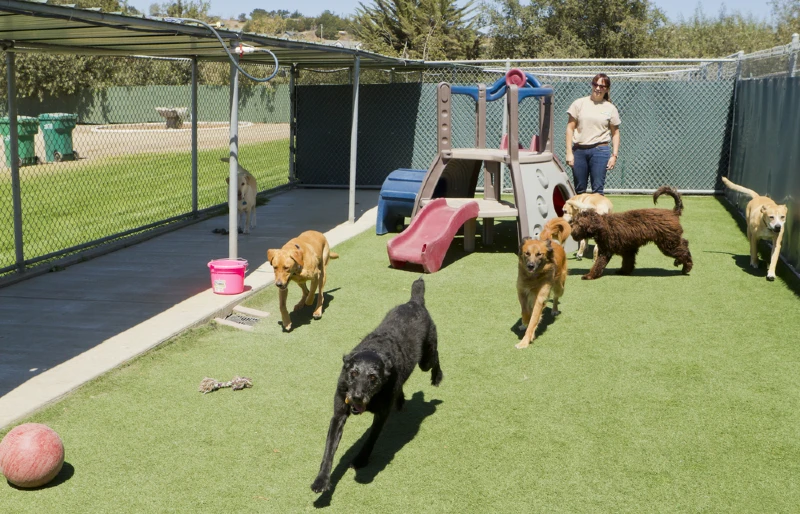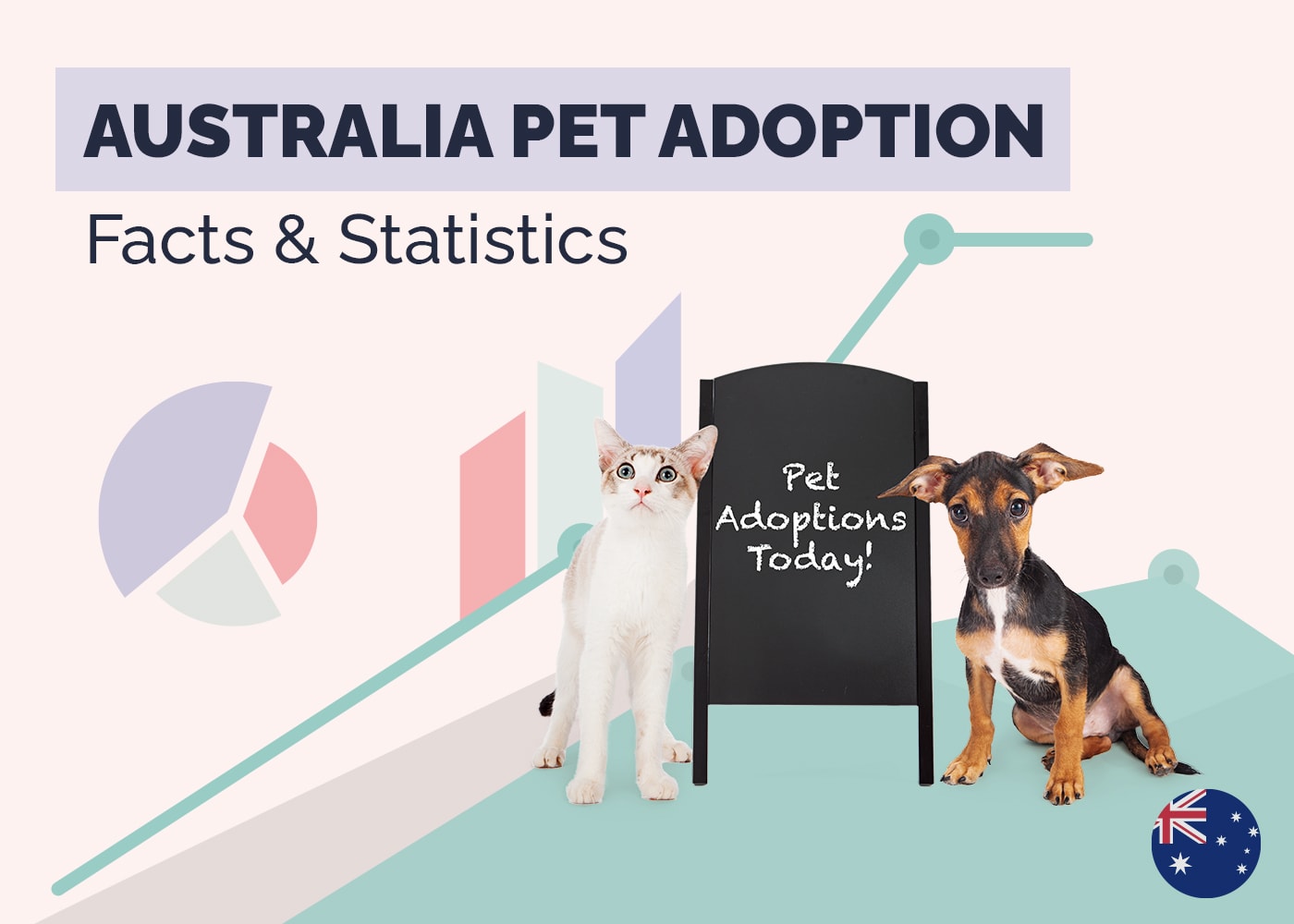What’s the Price of a Dog in Australia? 2024 Cost Update

Updated on

Pets are a big financial commitment. Depending on the breed, dogs can live between 8 and 16+ years, so that’s a lot of food, care, and general upkeep over the dog’s life. The cost of owning a dog in Australia can vary depending on multiple factors such as your location, the breed you want, and any medical conditions. There’s also the initial cost, which includes the cost of the dog itself, its first veterinary care, and supplies like a bed and crate, food and bowls, toys, a collar, and more.
If you’re considering getting a dog, take a look at the costs you can expect initially, as well as the ongoing expenses to keep your pup healthy and happy for its whole life.
Bringing Home a New Dog: One-Time Costs
The one-time costs for a dog depend on where you get it. There may be dogs given away for free, or you can spend thousands of dollars on a rare breed from a breeder. There are additional costs to consider when you first get a dog, however.
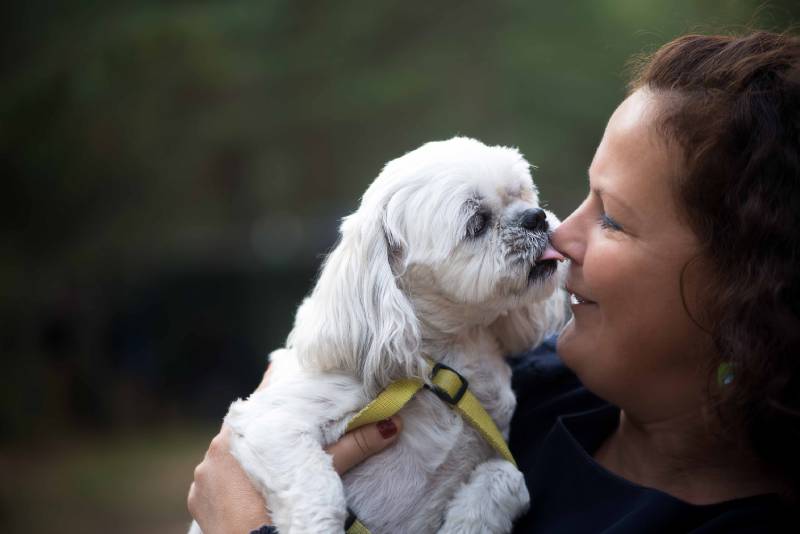
Free
On occasion, you may find dogs that are “free to a good home” from accidental and unwanted litters. They don’t often come with veterinary care, however, so you will be responsible for a vet checkup, vaccinations, desexing, microchipping, and flea and tick treatment for the duration of the dog’s life.
Adoption
- $250–$500
Shelter fees for dogs can range in Australia from $100 to $500, depending on the age of the dog. Some shelters offer discounts if overpopulated. These fees typically include desexing, appropriate vaccinations, microchipping, flea and heartworm treatment, and any veterinary care needed to that point. The dogs will still need ongoing veterinary care, however.
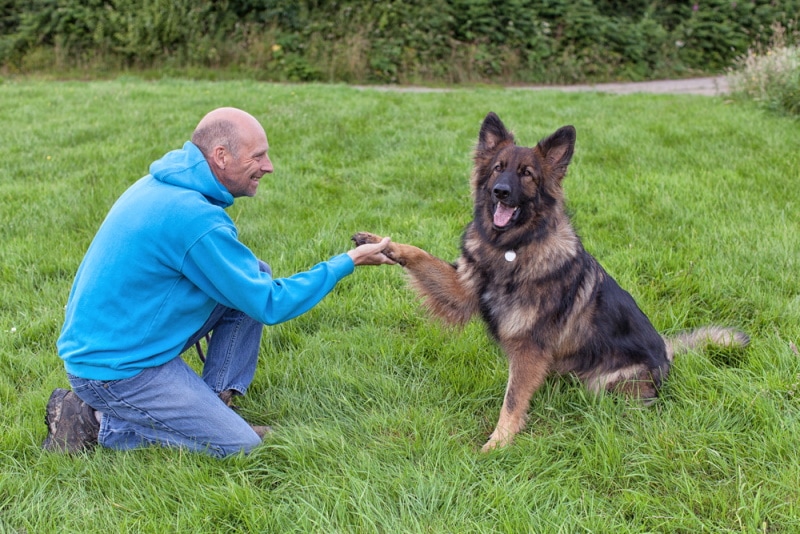
Breeder
- $500–$10,000
The cost of a purebred or “designer” puppy can vary by the breed and the reputation of the breeder. Some of the most expensive dog breeds in Australia include Yorkshire Terriers, Rottweilers, Saluki, Pharaoh hounds, Chow Chow, Bulldogs, and Samoyeds.
The high cost of purebred dogs often goes toward the breeders’ expenses, such as veterinary care for the mother and litter. Disreputable breeders will usually sell dogs for lower prices to offload them quickly, but that may come at a price. These dogs may not receive the health screenings and veterinary care that reputable breeders put into their dogs, possibly leading to health concerns in the future.
Initial Setup and Supplies
- $2,092–$2,702
There are upfront costs beyond the cost of the dog, some of which are one-time. You may need to replace supplies throughout the dog’s life, but your initial setup costs will include veterinary care like an exam, vaccinations, microchipping, and desexing. You’ll also need to invest in supplies for your dog, such as a collar and ID tag, a bed or crate, grooming supplies, toys, and food.
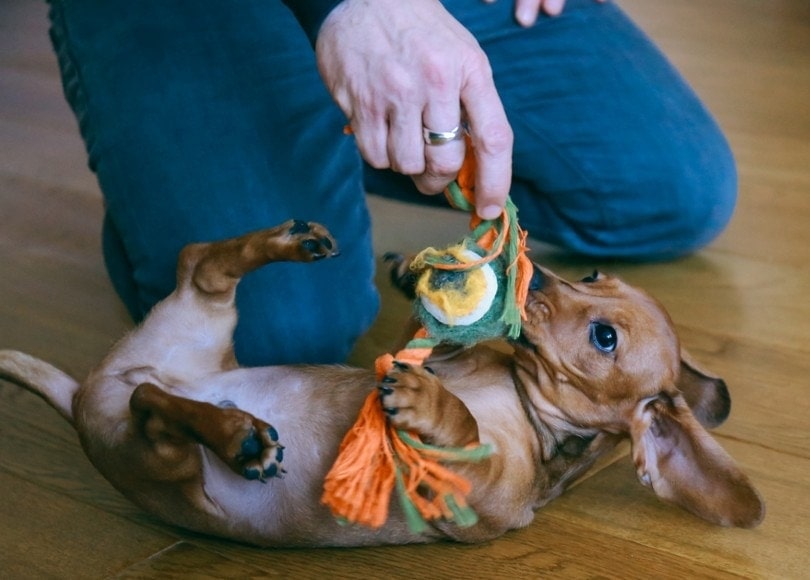
List of Dog Care Supplies and Costs
| ID Tag and Collar | $40–100 |
| Spay/Neuter | $200–500 |
| Vaccinations | $200 |
| Vet Care | $397 |
| Microchip | $70 |
| Teeth Cleaning | $150–300 |
| Bed/Crate | $80–180 |
| Nail Clipper (optional) | $7 |
| Brush (optional) | $8 |
| Professional Grooming | $80 |
| Food and Bowls | $800 |
| Toys | $60 |
Cost Per Month
- $57–$1,265 per month
After the initial one-time costs, your dog will cost about $135 to $250 per month in food, treats, veterinary care, pet insurance, and extra supplies. You may have additional expenses like professional grooming, training classes, or care for a health condition that can add to these costs.

Health Care
- $57–$252 per month
After the initial one-time costs, your dog will cost about $57 to $252 per month in food, veterinary care, and extra supplies. You may have additional expenses like professional grooming, training classes, pet insurance, or care for a health condition that can add to these costs.
Food
- $25–$76 per month
High-quality dog food, which has a strong influence on your dog’s health, costs about $800 a year, or $66 per month. You can factor in extras for treats, which may be around $5 or $10 for a bag. Naturally, a larger dog will require more food, and more expense, than a smaller dog.
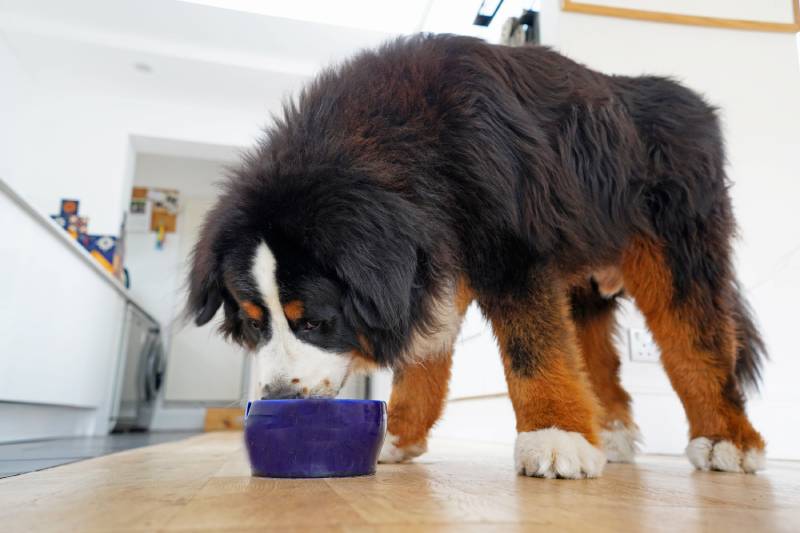
Grooming
- $0–$90 per month
If you groom your dog yourself, it costs you $0 per month after the initial cost for grooming supplies. If you choose professional grooming, especially for a large dog with a thick or long coat, you could expect to spend up to $90 per month. Some owners choose to groom their dogs themselves, only using professional services a few times a year for de-shedding and trimming.
Medications and Vet Visits
- $12–$26 per month
Your annual vet visits and vaccinations are low in terms of monthly costs, since they’re paid at once. Dogs should see the vet at least once a year, though twice a year is ideal. Flea and tick medications and heartworm prevention are another $120 per year, or $10 per month.
If your dog requires regular medication or more frequent visits with diagnostic tests, the costs will be higher. Puppies and senior dogs may need to visit the vet more often.
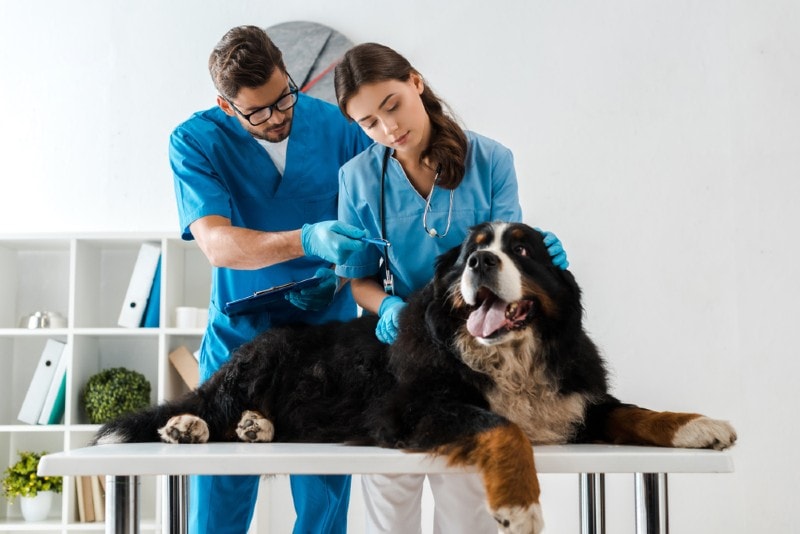
Pet Insurance
- $20–$60 per month
Pet insurance is a good way to protect your pup and your finances in the case of unexpected injury or illness, which can cost thousands of dollars. Depending on the provider and plan you choose and your dog’s breed, current health condition, and age, you could expect to pay between $20 and $60 each month.
Environment Maintenance
- $0–$13 per month
Fortunately, dogs’ monthly upkeep is fairly low after your initial purchases. Most of what you need you will get when you first buy the dog, but these things will need to be replaced over time. Your biggest monthly environmental expenses are waste bags for walks and cleaning supplies for your home, such as laundry detergent to wash dog beds and blankets.
| Waste bags | $3/month |
| Cleaning supplies | $10/month |
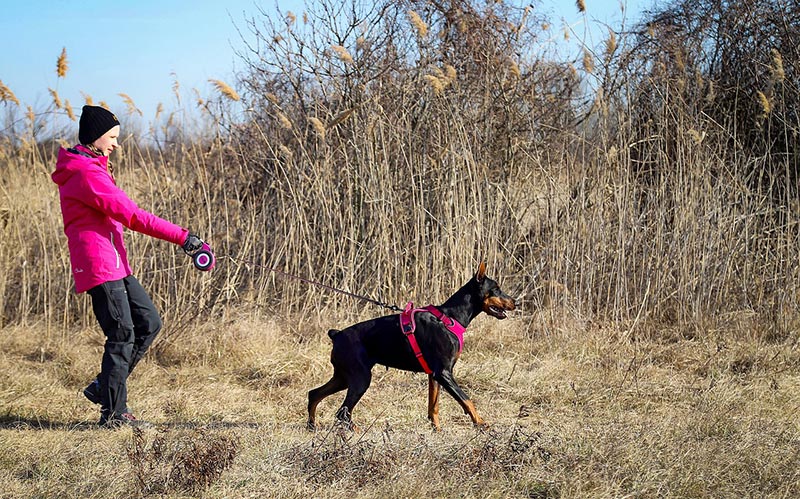
Entertainment
- $0–$1,000+ per month
Most dogs require a lot of mental stimulation to be happy. Some also like to destroy toys, but fortunately, they’re relatively inexpensive to replace. You can spend a lot on different toys and games each month, but they’re not necessary each month.
For example, a dog subscription box, which includes treats, toys, and products like dog sweaters, are about $50 per month.
If you take your dog to professional training classes, use a boarding facility, or hire a dog walker or sitter, your entertainment costs can be considerable. Training alone can be as much as $150 per weekly session.
Total Monthly Cost of Owning a Dog
- $57–$1,265 per month
The monthly cost to own a dog varies considerably, and it may not be the same month to month. Some months will be more with veterinary care or excess purchases, while others may be less. The more involved your dog’s care is, including services like professional grooming, boarding, pet sitting, or dog walking, the higher your expenses will be each month.
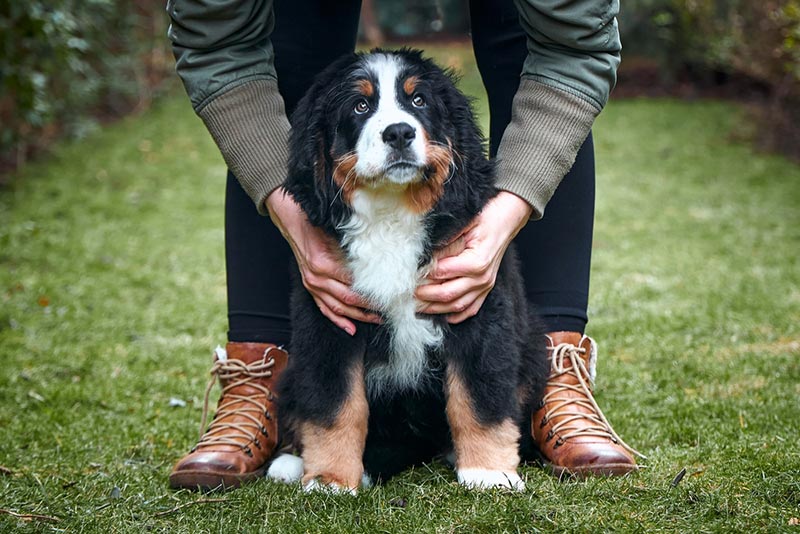
Additional Costs to Factor In
As mentioned, services like training, pet sitting, and boarding can make dog ownership more money. Even if you use these services occasionally, such as when you go on vacation, it’s important to consider the costs.
Dogs can also have higher expenses if they are injured or sick and require emergency veterinary care and ongoing treatment. Chronic conditions, such as diabetes, can add to your one-time veterinary expenses and your monthly costs.
Finally, training issues can arise and may require professional behavioral training. Destructive behaviors, such as tearing up furniture or soiling in the house, may also lead to costs for cleaning and replacing items in your home.
Owning a Dog on a Budget
Owning a dog can be pricey, but as you can see, there’s a range for how much you can spend. If you’re on a budget, you have options to reduce your expenses while still caring for your dog’s physical and emotional needs.
Doing a lot of the work yourself, such as grooming at home and relying on family to walk or feed your dog while you’re at work, can save a lot on professional services. You can also get books or watch videos to learn the basics of obedience training yourself instead of hiring a professional trainer or choosing an older dog at a shelter with basic manners and housetraining.
Saving Money on Dog Care
Preventative care is less expensive than paying for a health problem. High-quality dog food, regular veterinary checkups, vaccinations, and flea, tick, and heartworm preventatives add up, but they’re much less expensive than the alternative.
Though you should always keep annual vet appointments, you may be able to save with low-cost clinics for some vaccinations. Pet insurance also helps to give you financial security if your dog is injured or becomes ill, especially with conditions that are expensive to treat.
Summary
The average dog owner spends between $3,000 and $6,000 on a dog in the first year, then about $1,627 each year after that. Beyond the initial expenses, dog ownership can cost between $57 and $1,265 per month. There are ways to reduce your expenses to have a happy, healthy dog on a budget, however, such as keeping up with preventative vet care, grooming and training the dog on your own, and insuring your dog with a pet insurance company.
Featured Image Credit: Budimir Jevtic, Shutterstock



